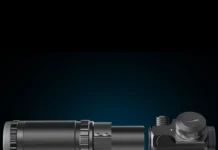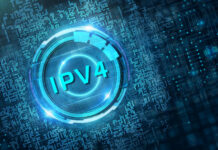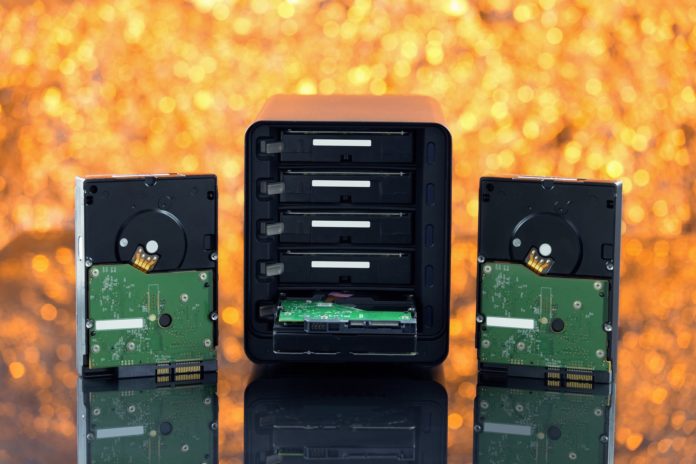
With the latest technology nowadays, no doubt storing media files can be possibly done in just a click. People love taking photos wherever they go. They capture every special moment that they have with their love ones. Even simply strolling in the mall with their friends, having a beach walk with special someone, having a visit to a popular landmark, graduation, birthdays, other occasions, or just an ordinary day. These days would not pass by without taking a video or photo.
Capturing memories can be done by using our smartphones. But what if we have already captured a lot and the storage capacity is not enough anymore? Surely, that will be frustrating! You need to delete some photos for you to capture another.
Even computers need to have a storage device for the reason that some features may not function if there is no enough memory. For without it, computers can be considered as a dumb terminal. Meaning to say, it has no use after all.
Gratefully, we now have different storage devices. All of these functions to remember and store data. They differ in physical features and storage capacity. If you are not aware of storage devices, read on for you to explore the different kinds and uses.
What is a storage device?
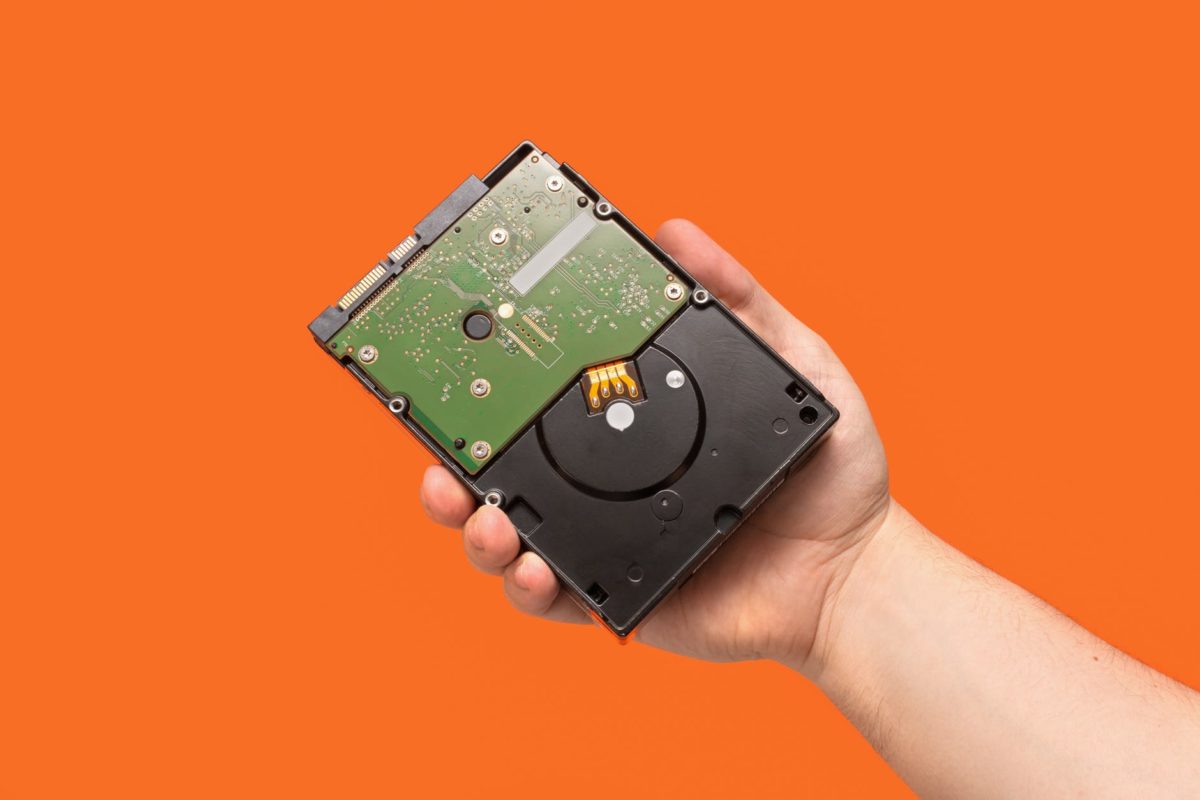
This is also known as digital storage, storage media, storage, or a storage medium. This is computer hardware that is used to store and remember data. This is any media, which is permanently transportable or attached and can store electronic information.
Two Kinds of Storage which are used in Computers:
- Primary Storage
- Secondary Storage
Examples of Computer Storage
1. Magnetic Storage Devices
This is the most popular type of storage used together with computers. This type is usually found in large HDDs or hybrid hard drives.
- Hard drive
- Floppy diskette
- Zip diskette
- Magnetic strip
- Tape cassette
- Super disk
2. Optical Storage Devices
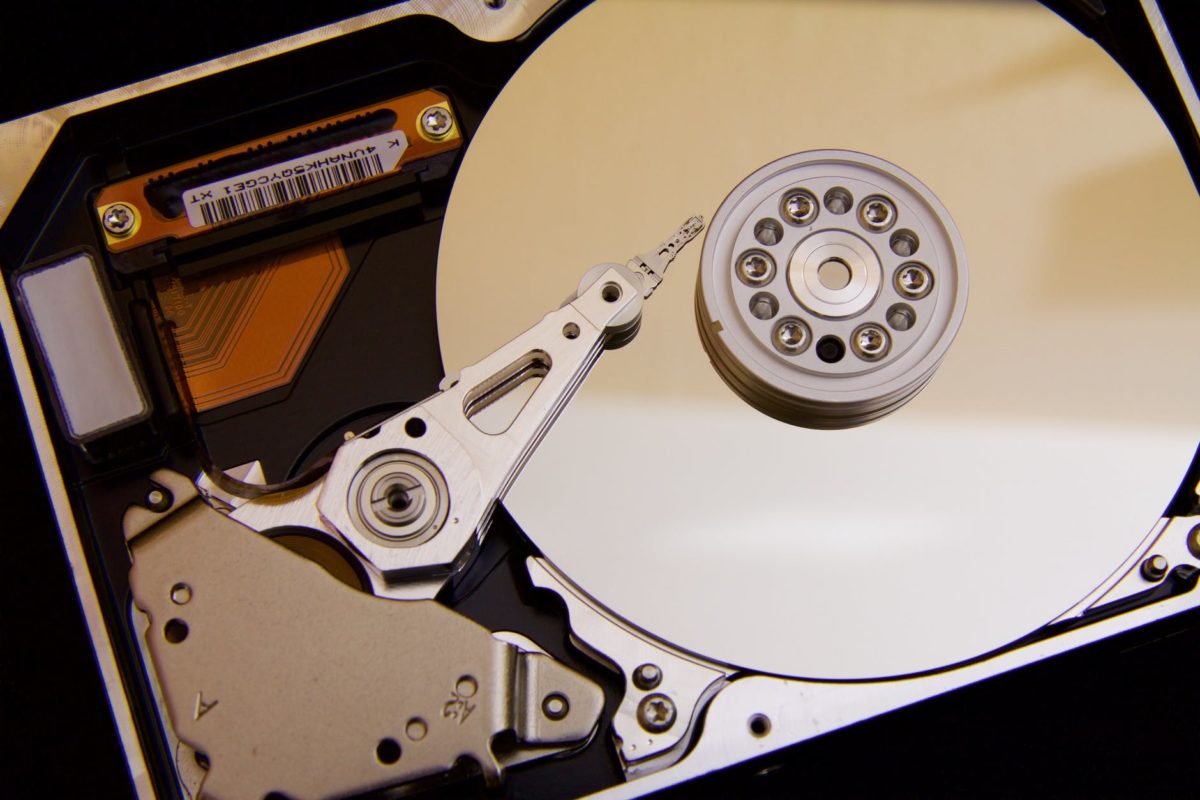
This type of storage uses lights and lasers as the method of writing and reading data.
- Blu-ray disc
- CD-R and CD- RW disc
- Cd- ROM Disc
- DVD- R, DVD+ R, and DVD + RW disc
3. Flash Memory Storage Devices
It has replaced most optical media and magnetic media because it becomes cost-effective, more efficient, and considered as a reliable solution.
- CF (CompactFlash)
- 2
- USB Flash Drive, thumb drive, or jump drive
- Memory card
- SDHC card
- MMC
- SmartMedia Card
- NVMe
- Sonny Memory Stick
- SSD
- SD Card
- XD- Picture Card
4. Online & Cloud
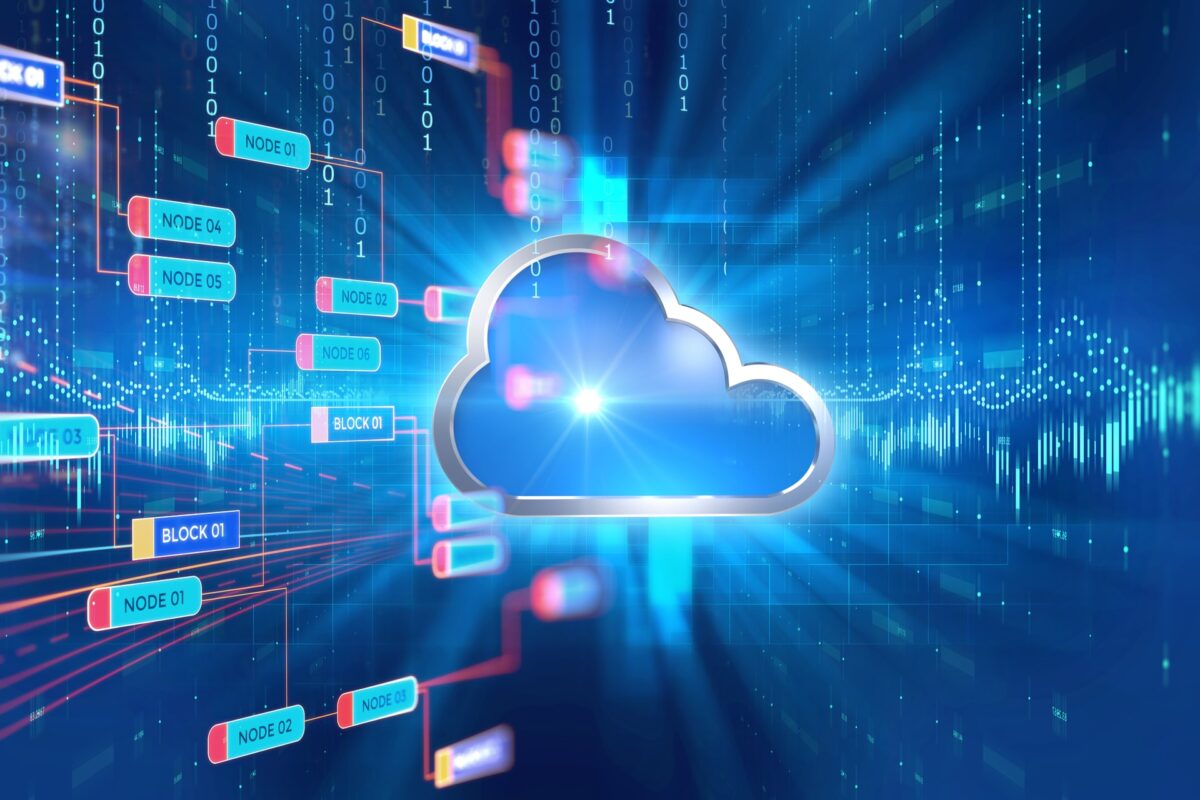
This type of storing data through online and cloud has been very popular since people need to have access with their data from multiple devices
- Network media
- Cloud storage
5. Paper Storage
The early computers have no way of utilizing any of the mentioned technologies earlier for storing pieces of information. Thus, they only rely on the use of paper. Nevertheless, this type of storage is rarely found or used.
- Punch Card
- OMR
Note: Hard copy may be considered as one type of paper storage that is still commonly used by others, though the data cannot be put in the computer without the use of OMR.
Why is there a need for a computer to have a storage device?
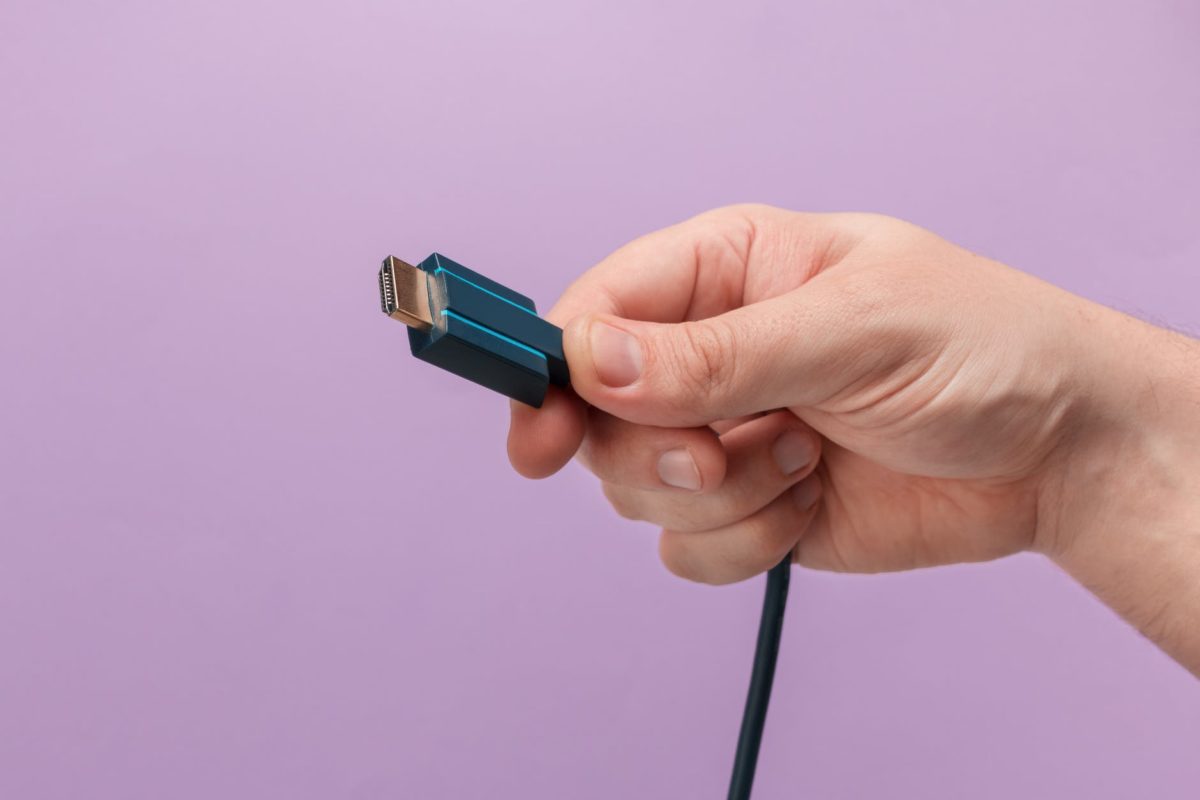
Saving, remembering, or storing data cannot be possible without the presence of storage devices in a computer. Even just remembering a particular setting or information could not be performed. Thus, your computer is then a dumb terminal.
Although your computer is still capable of running programs even without storage device, it will only function as your aid to view information, not unless you connect it to another device or computer which has enough storage capabilities. The information form browsing the internet also needs storage devices.
Having our files stored for a long period is necessary. We keep projects, photographs, music, letters, films, and some spreadsheets on computers. We are expecting that when times come that we to reopen the file again, it is stored there. Thus, this is where the need to have secondary storage comes in.
Storage Devices for Media Storage
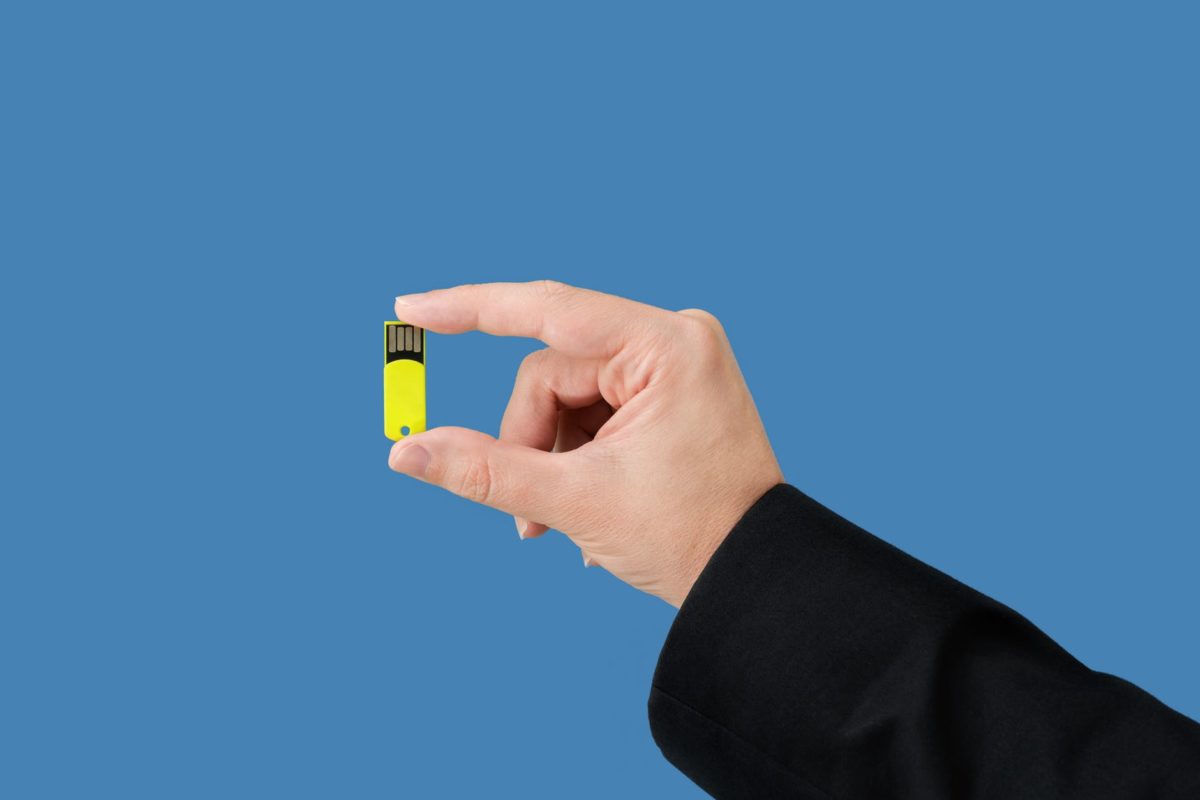
By the use of storage devices, it will be easier for you to browse and process photos and videos easily. These storage devices will do the job of backing up the media files you have. It will then be easier for you to search for the file you need since you can have it sorted.
The most popular media storage is the photo stick. You can store media files using the following steps:
- Connect the device to the USB port and click “start.”
- Click “Go”
- Start storing your media files
That’s it, easy as one two three. With the use of several storage devices, you could easily store your most treasured photos and videos. To read user reviews about how the photo stick work read this article.
The Need for Secondary Storage

This is often referred to as a long-term type of storage. Although with the presence of RAM, you can actually store and keep data when the computer is running, the primary storage is volatile, which means that every time we switch off our computer, it also loses the stored contents.
Secondary storage is important since its non-volatile. It is capable of retaining the contents without the presence of the power supply. Compared to the primary storage, it also has a larger storage capacity that is needed for storing an operating system and the rest of the programs as well as the files required for a modern type of computer system.
What to Consider in Choosing a Storage Device?
- The amount of the data you will store or the size of the file.
- How fast you need for you to access the files or data in your storage device
- Whether the stored data can be possibly transferred to another storage device
- How long will your storage device last? Remember, storage devices are usually portable
- Reliability. Can you still access the stored data the way you have saved it?




